Shipping lines profit from surcharges
Since February, Yangming Shipping has continued to list surcharges in addition to international container shipping rates by sea at Vietnamese seaports for export goods. Of which, the port handling fee (THC) collected by the shipping company is more than VND3 million/20-foot container and about VND4.6 million/40-foot container. Compared to the previous period, this fee has increased by more than 15%.

Surcharges of foreign shipping lines in Vietnam are currently decided by the shipping lines themselves (Illustration photo).
Also unchanged from March this year, HMM shipping line is also collecting THC surcharges for 20-foot and 40-foot containers, ranging from VND3 million to over VND5 million, depending on the type of container. This price has increased slightly by about 10% compared to before.
According to statistics from the Vietnam Maritime Administration, from the beginning of February 2024 to now, a number of foreign shipping lines have increased surcharges on import and export goods at Vietnamese seaports. The increase is mainly in the surcharge for loading and unloading containers at the port (THC) with an average increase of 5-20%. Notably, the prices and surcharges are decided by the shipping lines themselves and imposed on Vietnamese cargo owners.
According to Mr. Pham Quoc Long, Chairman of the Vietnam Association of Shipping Agents, Brokers and Services (Visaba), there were times when many shipping lines in Vietnam increased surcharges by 10-20%. He said that shipping lines are enjoying large profit margins from the Vietnamese market.
According to Mr. Long, currently shipping lines have not continued to increase surcharges, but it cannot be confirmed that in the future, shipping lines will not increase at any time. Especially when surcharges have increased, they will never decrease again.
According to Visaba Chairman, Vietnam is the second largest market (after China) in Asia. Every year, up to 25 million TEUs of goods pass through Vietnamese seaports. Foreign shipping lines usually collect an average port handling surcharge (THC) of about 100-200 USD and pay Vietnamese seaport enterprises from 50-80 USD/container.
This helps foreign shipping lines earn a profit margin of up to billions of USD each year from the Vietnamese market. This is a disadvantage for Vietnam, especially in the context that more than 95% of our country's import and export goods are transported by foreign shipping lines.
"At seaports, shipping lines only need 30 seconds to complete a delivery order, but they charge the shipper up to VND800,000/container. Vietnam still basically buys and sells according to the practice of buying CIF and selling FOB, so the cost will be paid by the Vietnamese shipper. If not closely managed, shipping lines can increase surcharges indiscriminately," Mr. Long emphasized, and said that there should even be a special consumption tax on foreign shipping lines when they are making super profits from surcharges.
Visaba Chairman affirmed that amending regulations to strengthen the management of surcharges of shipping lines is necessary to protect Vietnamese cargo owners, as well as to avoid money "flowing" into the pockets of foreign enterprises.
Require shipping lines to declare prices
A shipping company said that THC surcharge is an international practice and is adjusted according to market developments. At times when shipping rates are "negative", businesses still have surcharges as a way to compensate for low rates. But for domestic shipping lines, the surcharge is relatively low, averaging from VND500,000 to more than VND1 million/container.
Phan Thong, General Secretary of the Vietnam Shippers Association, informed that recently, the management agency has advised associations to unite members to win better transportation contracts, avoiding being affected by increased freight rates and surcharges.
However, this is still difficult to implement because each enterprise's import and export needs are different in terms of location, time, etc. Therefore, state management is very important. Mr. Thong assessed that the most important thing is to have specific measures to manage additional fees.
"It is possible to separate the additional fees to see their nature to determine which type needs to be managed, and how to specifically manage it so that if there are fluctuations in each type, there will be appropriate adjustments and management," Mr. Thong shared.
According to the representative of the Vietnam Maritime Administration, Decree No. 146/2016 of the Government stipulates the listing of prices, surcharges outside the price of container shipping services by sea, service prices at seaports, and other types of surcharges outside the price of transportation services subject to price listing.
There are currently about 10 types of surcharges that shipping lines are applying, such as THC surcharge, container cleaning surcharge, document surcharge and other surcharges, along with some seasonal surcharges such as peak season surcharge, port congestion surcharge, fuel surcharge, etc.
However, this representative said that the regulation on price listing cannot control the current situation of shipping lines increasing prices and increasing surcharges. In particular, the surcharges at seaports that shipping lines are collecting such as THC, container cleaning, seals, documents, container imbalance, etc. are surcharges arising at Vietnamese seaports.
Shipping lines provide services and collect from customers to compensate for the costs incurred in performing that service (not affected by freight rates).
"Therefore, this is not an additional payment to the carrier in addition to the shipping service price, but rather goods and services at the seaport," a representative of the Vietnam Maritime Administration affirmed.
Currently, the Ministry of Transport is finalizing a draft Circular amending and supplementing a number of articles of Circular No. 12/2024 regulating the mechanism and policies for managing service prices at Vietnamese seaports.
In particular, the list of seaport services subject to price declaration is supplemented, such as maritime pilotage services; services using bridges, wharves, and mooring buoys; services of loading and unloading goods at bridges, wharves, and port warehouses, including: containerized goods, bulk cargo, liquid cargo, and other goods; ship towing services; services of storing goods at seaport warehouses; services of counting, packing, and classifying goods at seaports; services of tying and untying ropes at wharves.
Notably, there are also services of documents for transporting goods by sea; seals for containers transported by sea; provision of empty containers at seaports (container imbalance); cleaning services for containers transported by sea, along with other services arising at seaports; THC (Terminal Handling Charge) services at seaports.
At that time, shipping lines that want to increase surcharges will need to explain the reasons and structure of the increased surcharges to state management agencies.
In many countries with developed maritime industries in the world, the management of port surcharges is also different. Among them, Singapore is the country with the most open regulations. The Singaporean government almost does not require businesses to declare and list prices. Freight rates and port surcharges are all decided by the market.
Meanwhile, countries such as China, the United States and Vietnam have almost similar regulations on declaration and listing. Specifically, in case of price increase, shipping lines must list 15 days in advance (for Vietnam) and 30 days (for the United States and China) before it is applied. Japan, however, does not regulate the time for listing when increasing prices.
Source: https://www.baogiaothong.vn/quan-chat-phu-phi-tau-bien-192241001173944952.htm


![[Photo] April Festival in Can Tho City](https://vstatic.vietnam.vn/vietnam/resource/IMAGE/2025/4/10/bf5ae82870e648fabfbcc93a25b481ea)
![[Photo] Opening of the 11th Conference of the 13th Party Central Committee](https://vstatic.vietnam.vn/vietnam/resource/IMAGE/2025/4/10/f9e717b67de343d7b687cb419c0829a2)
![[Photo] Unique folk games at Chuong Village Festival](https://vstatic.vietnam.vn/vietnam/resource/IMAGE/2025/4/10/cff805a06fdd443b9474c017f98075a4)



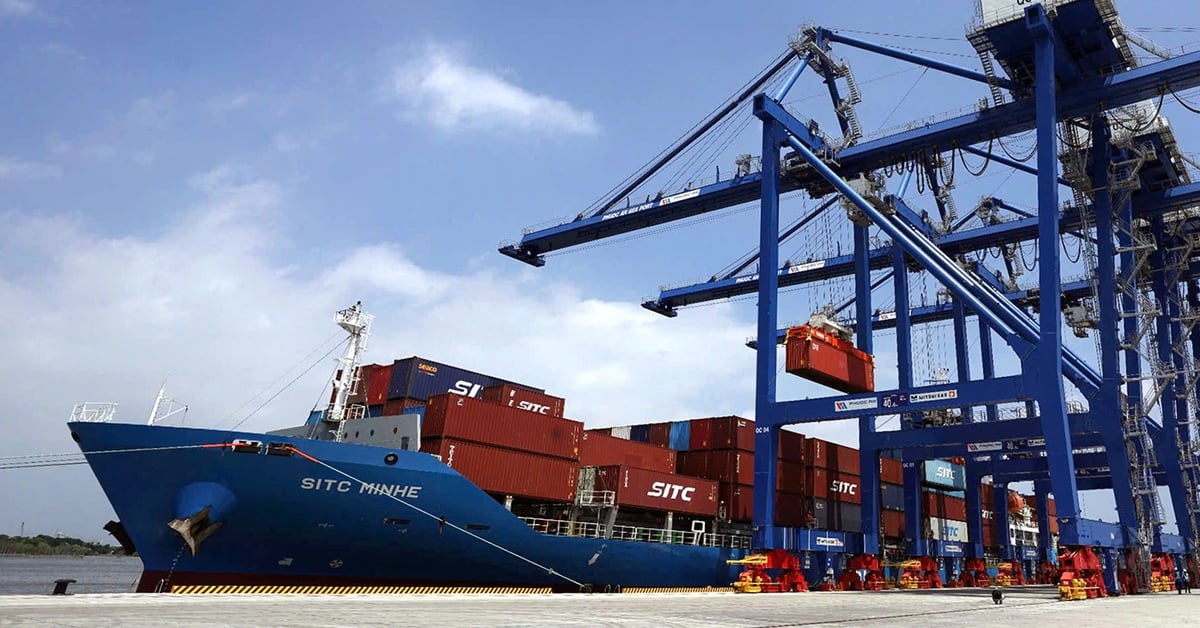

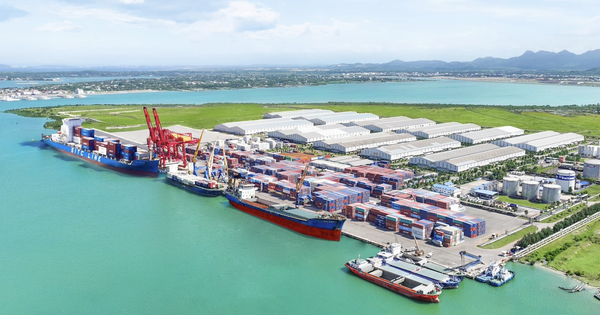
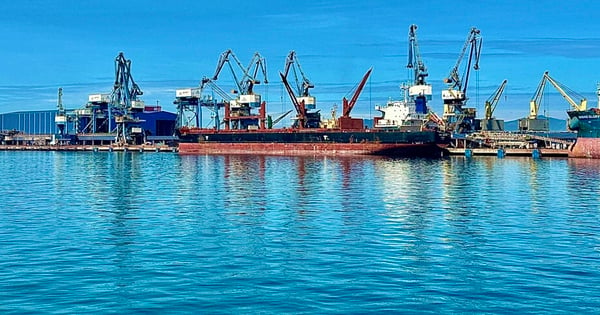
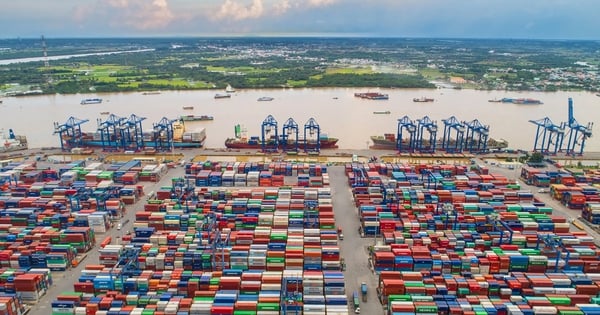
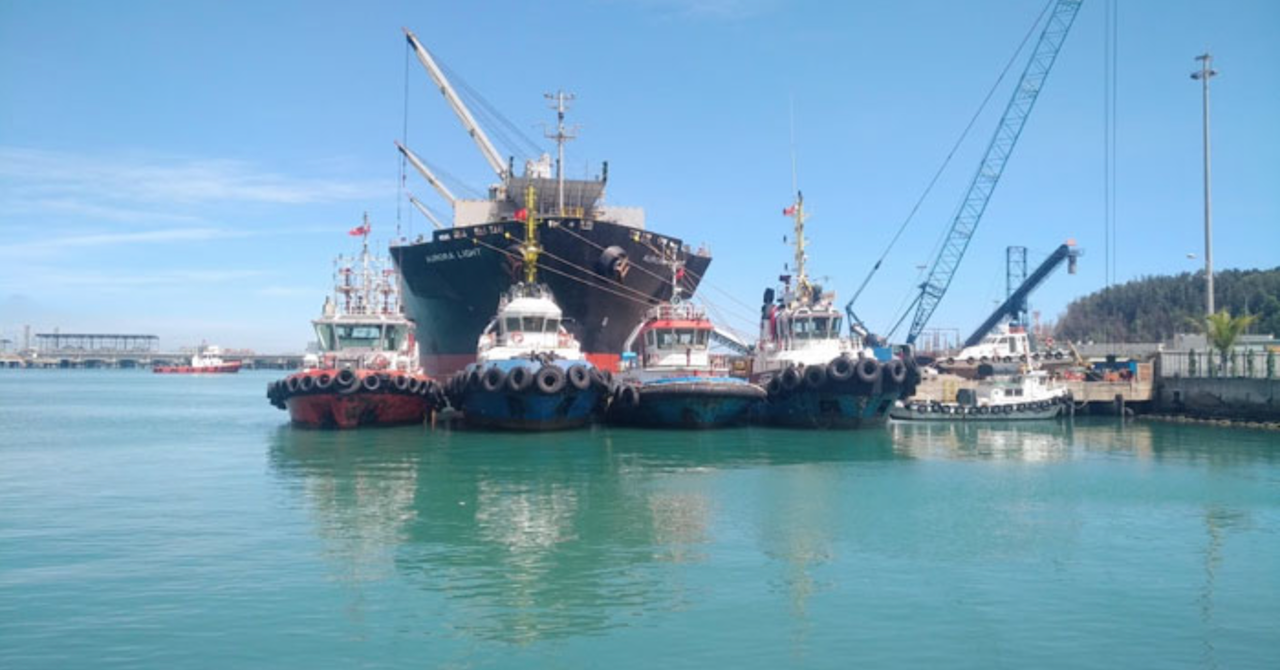

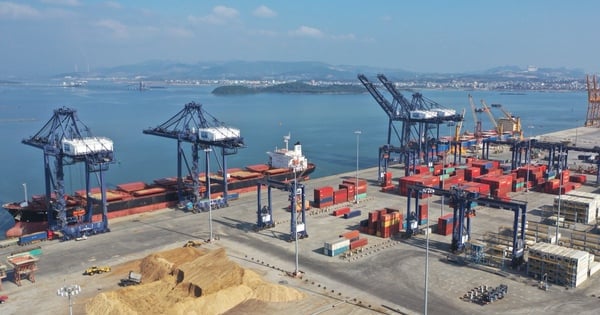
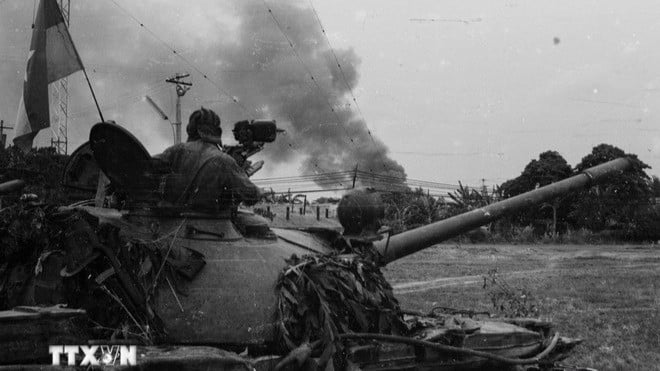
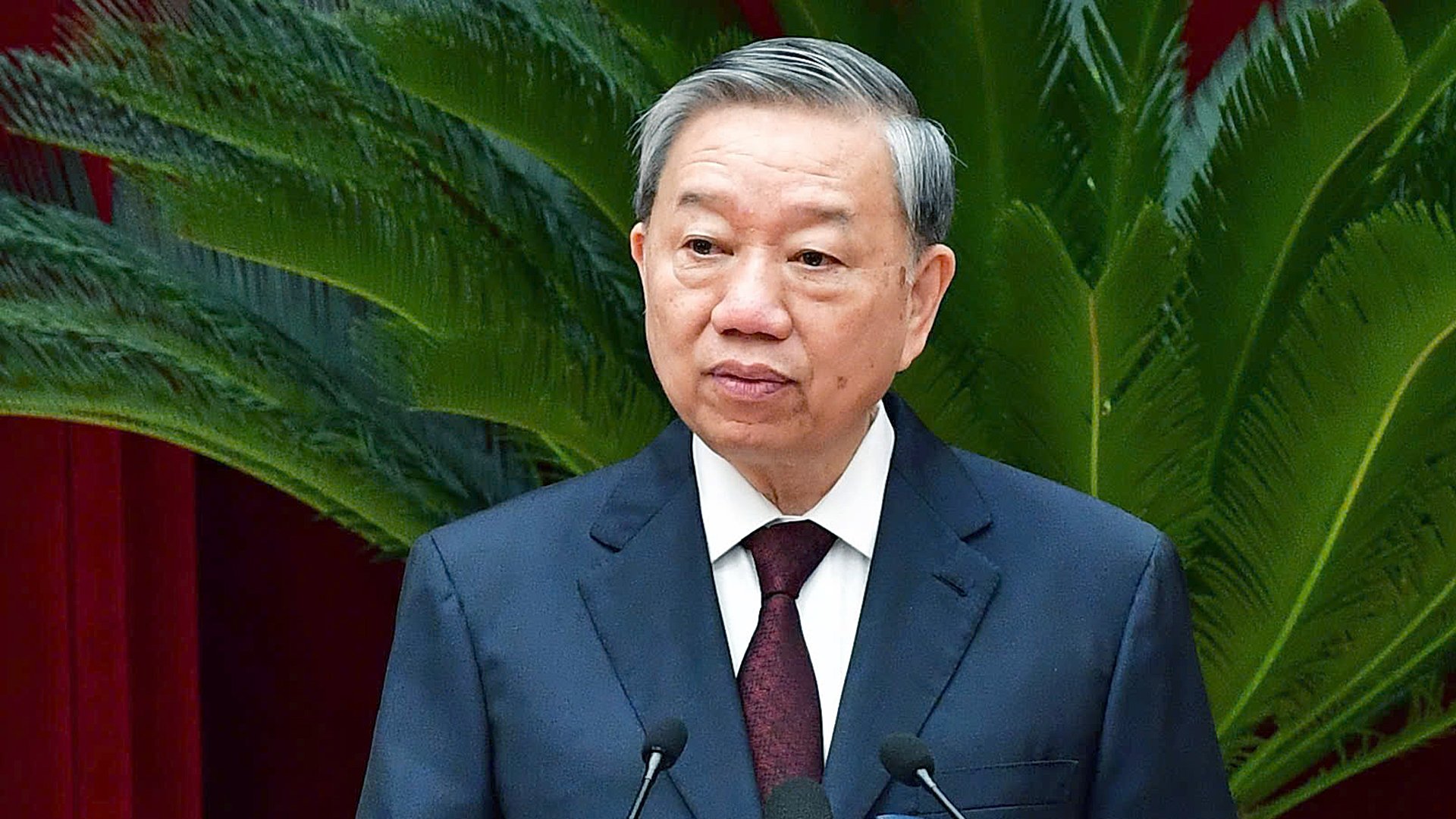

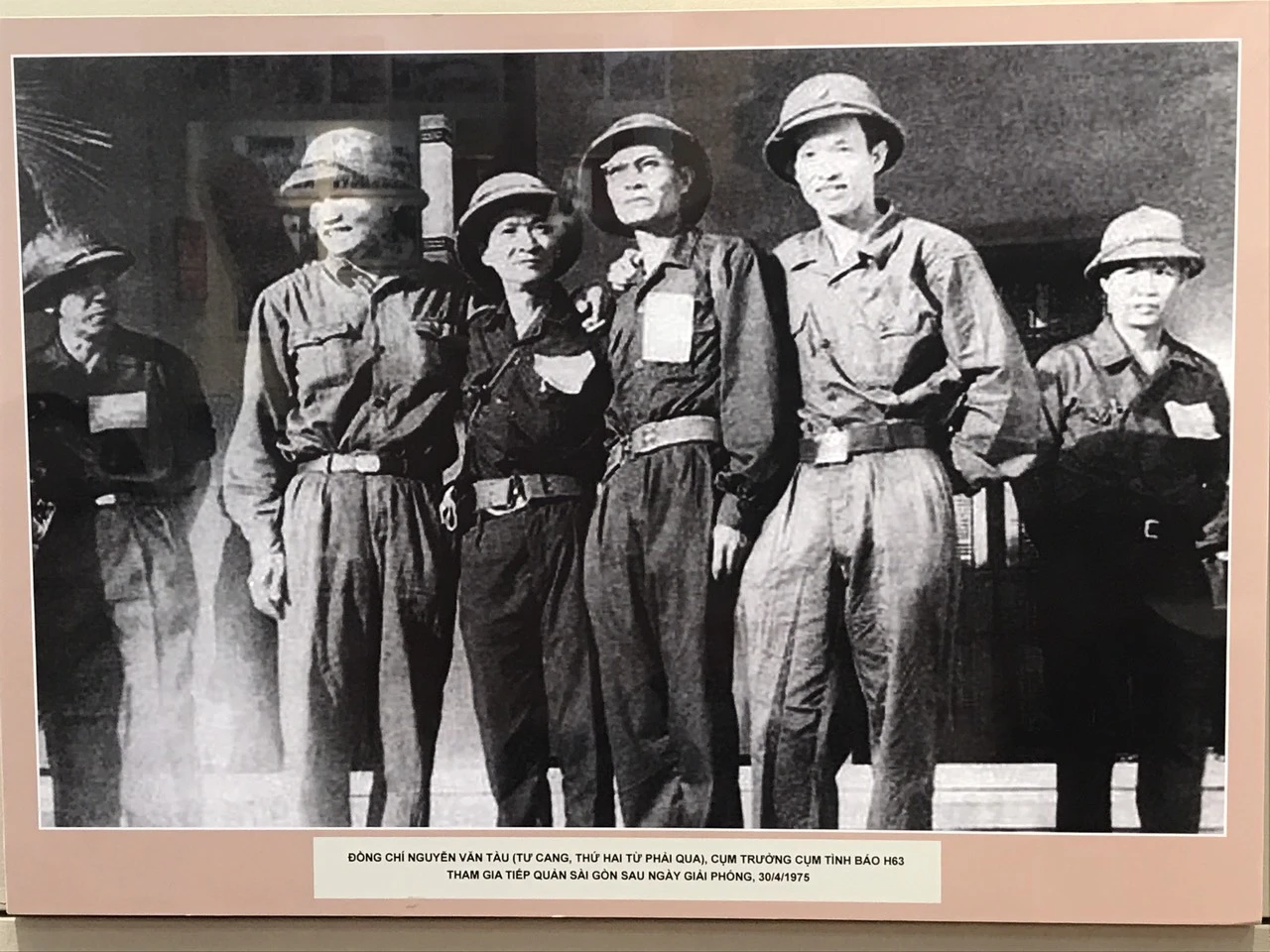
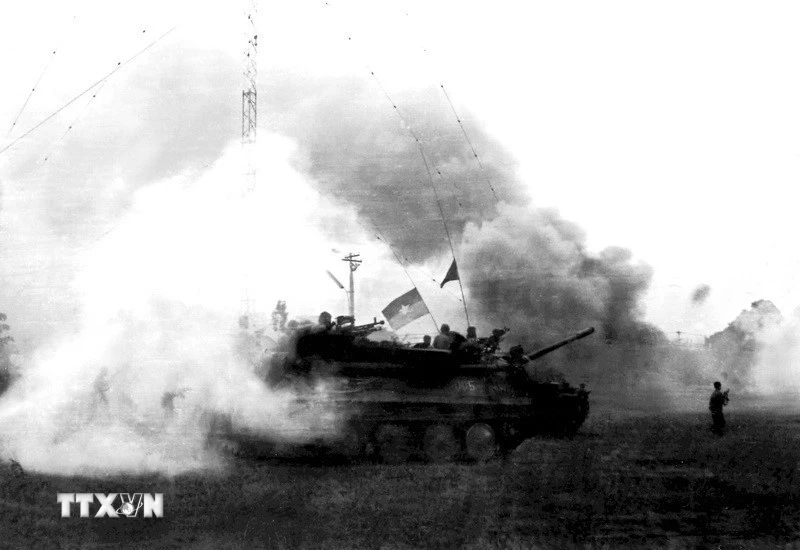









![[Photo] Prime Minister Pham Minh Chinh commends forces supporting Myanmar in overcoming earthquake consequences](https://vstatic.vietnam.vn/vietnam/resource/IMAGE/2025/4/10/e844656d18bd433f913182fbc2f35ec2)


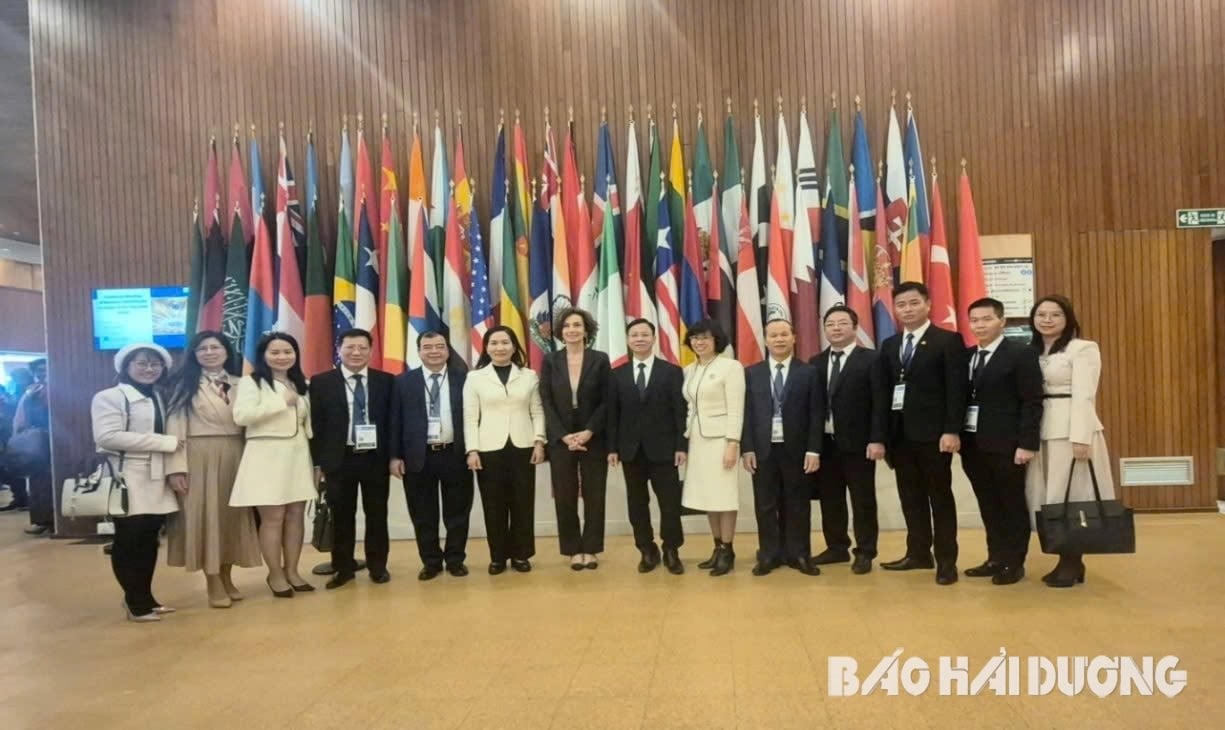


















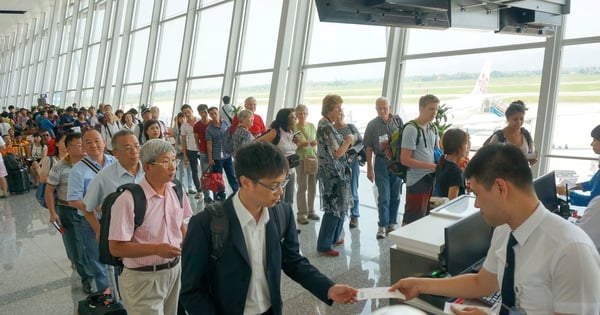


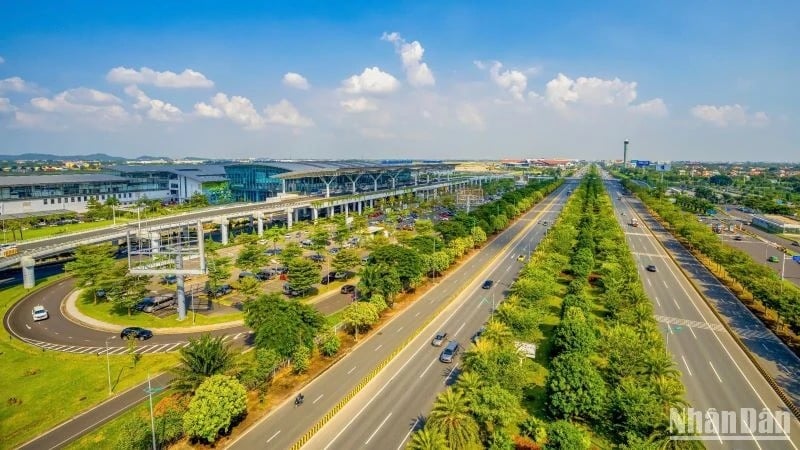








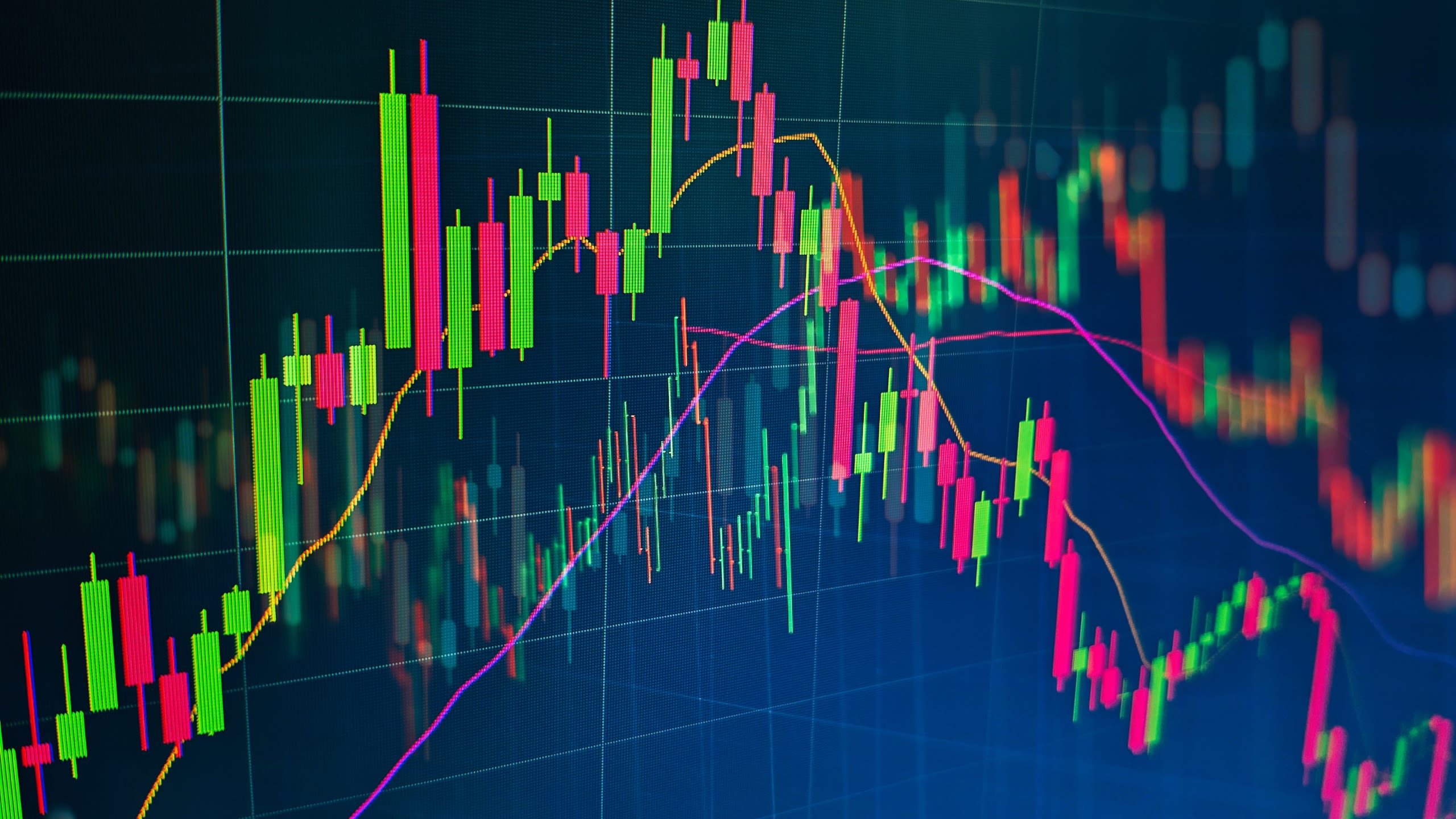

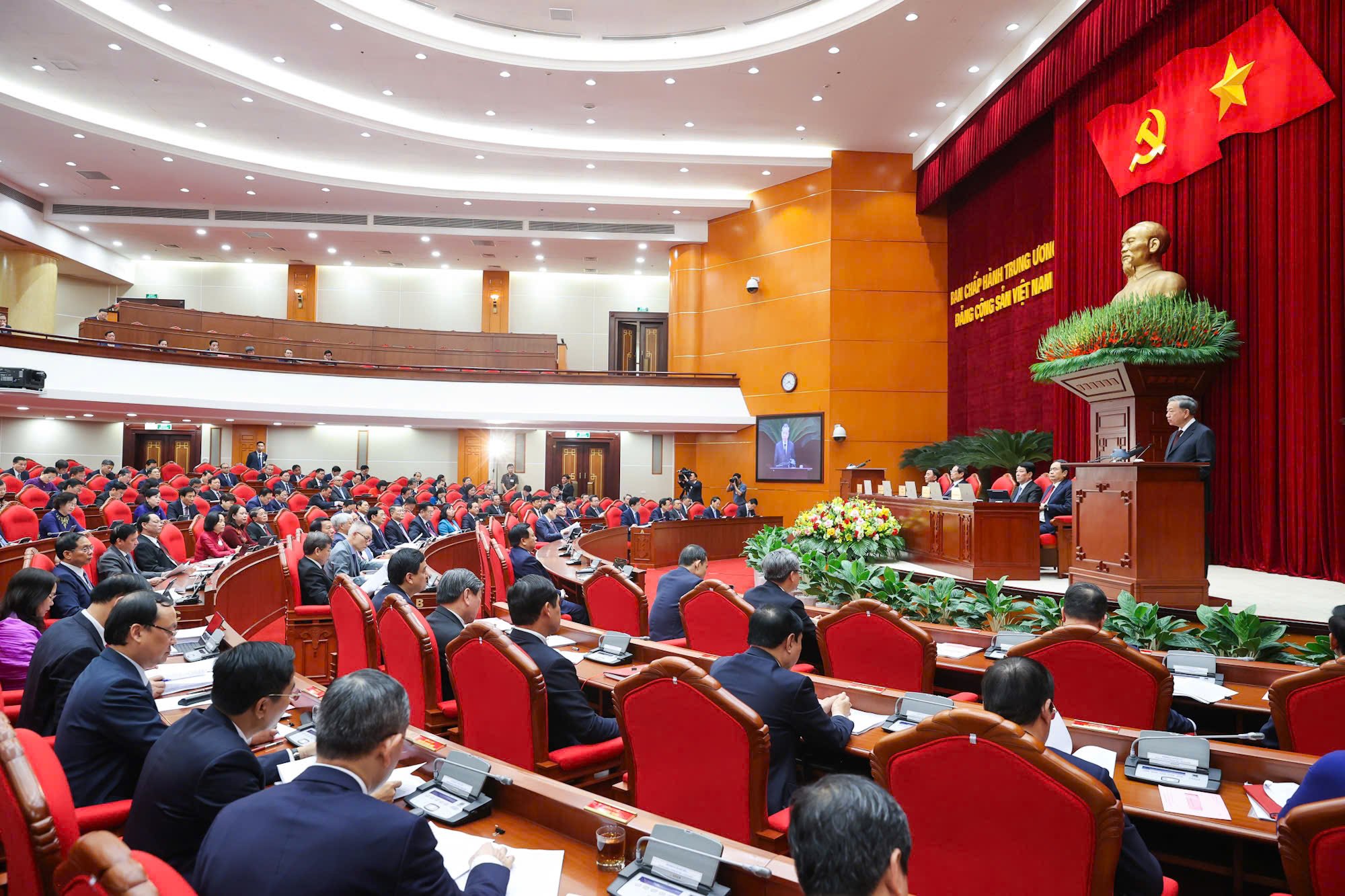




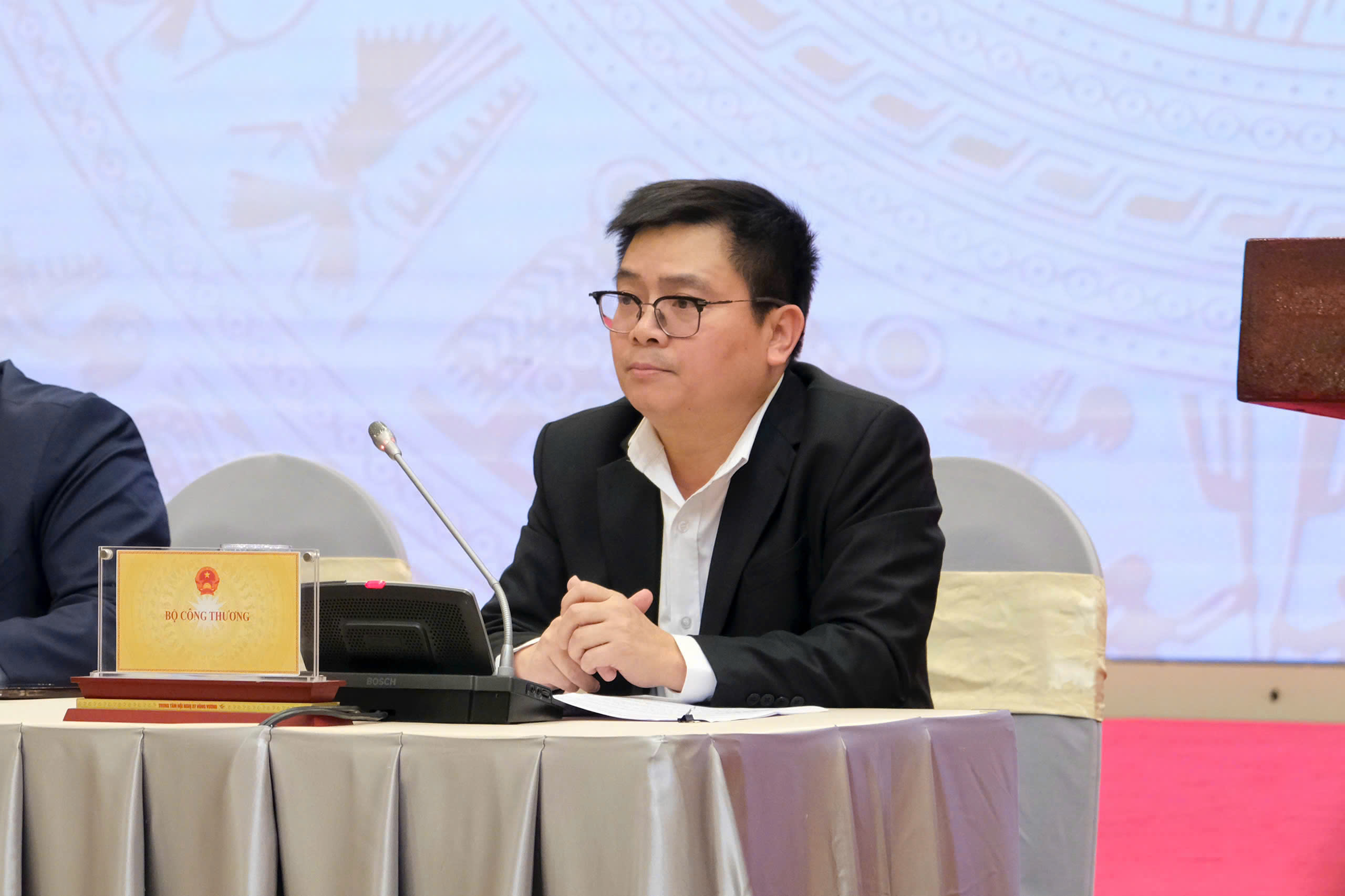


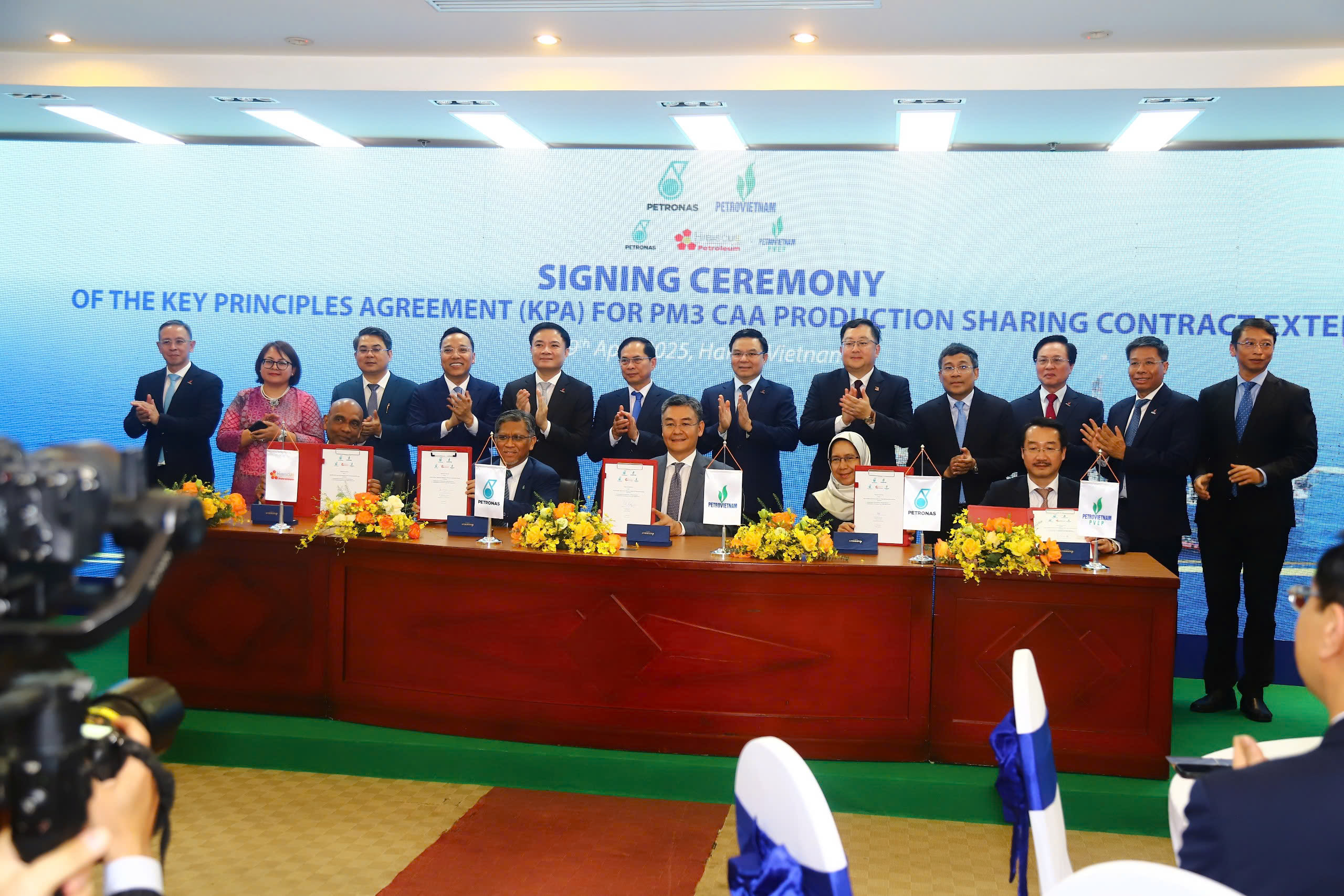


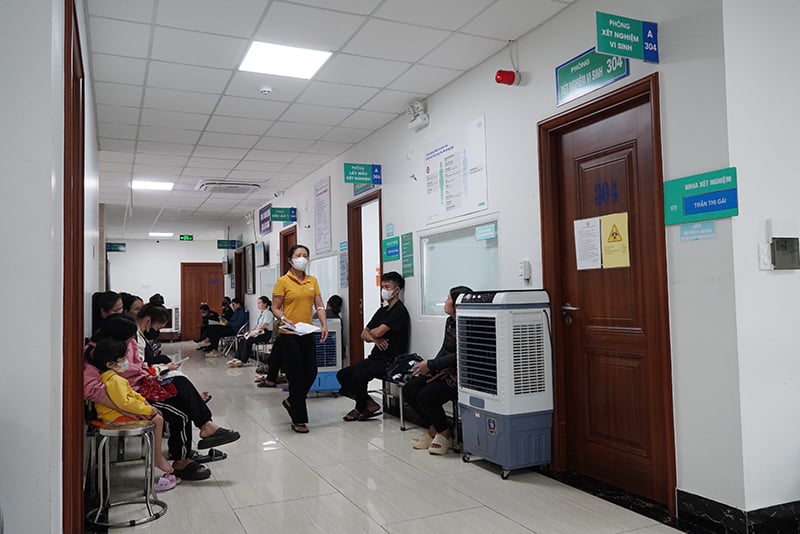
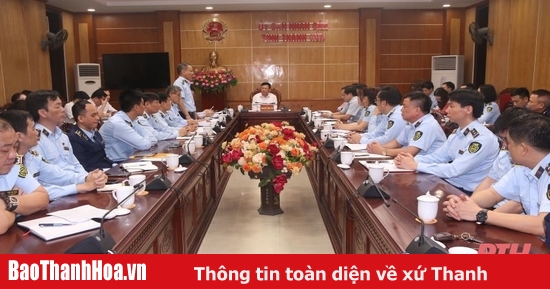
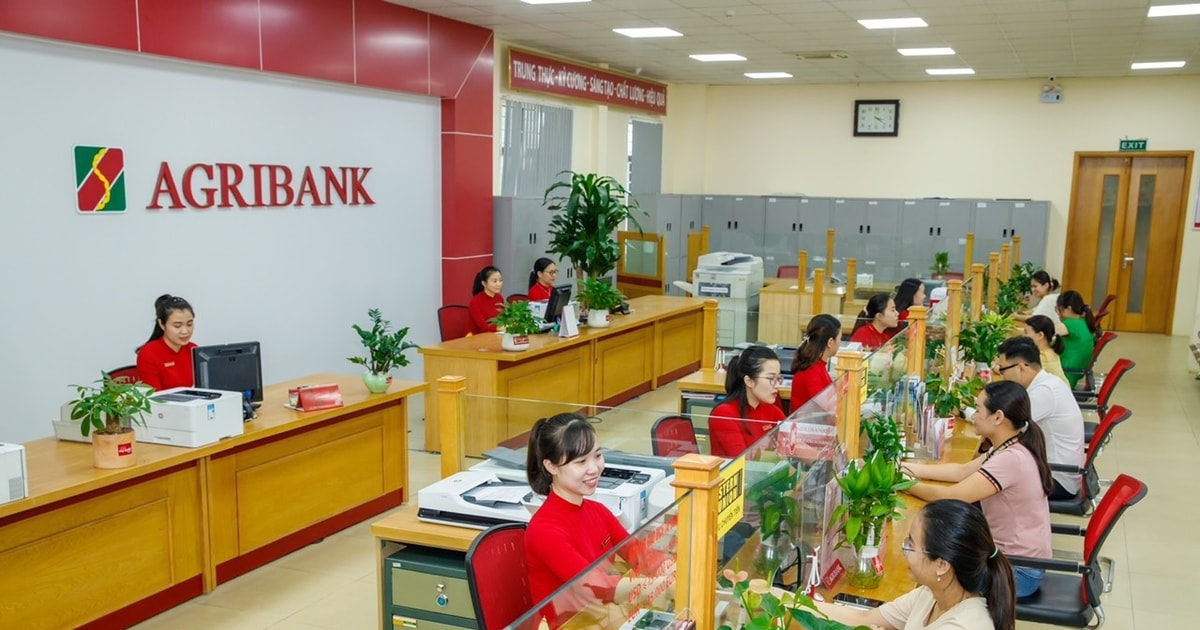

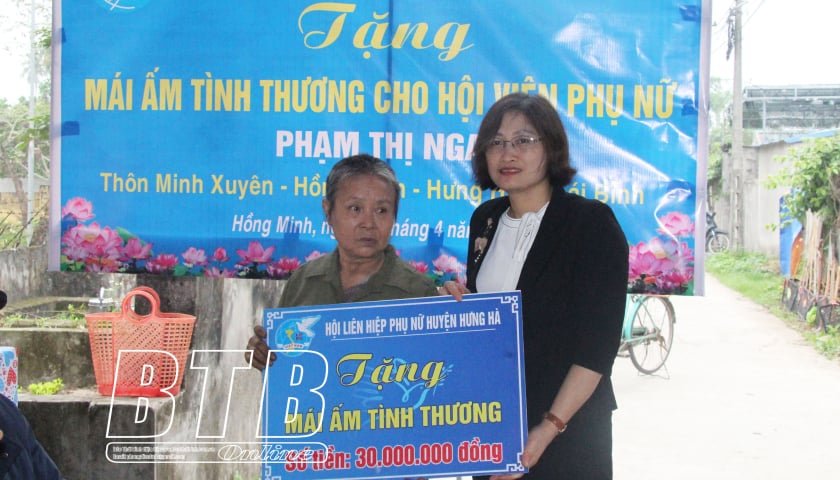



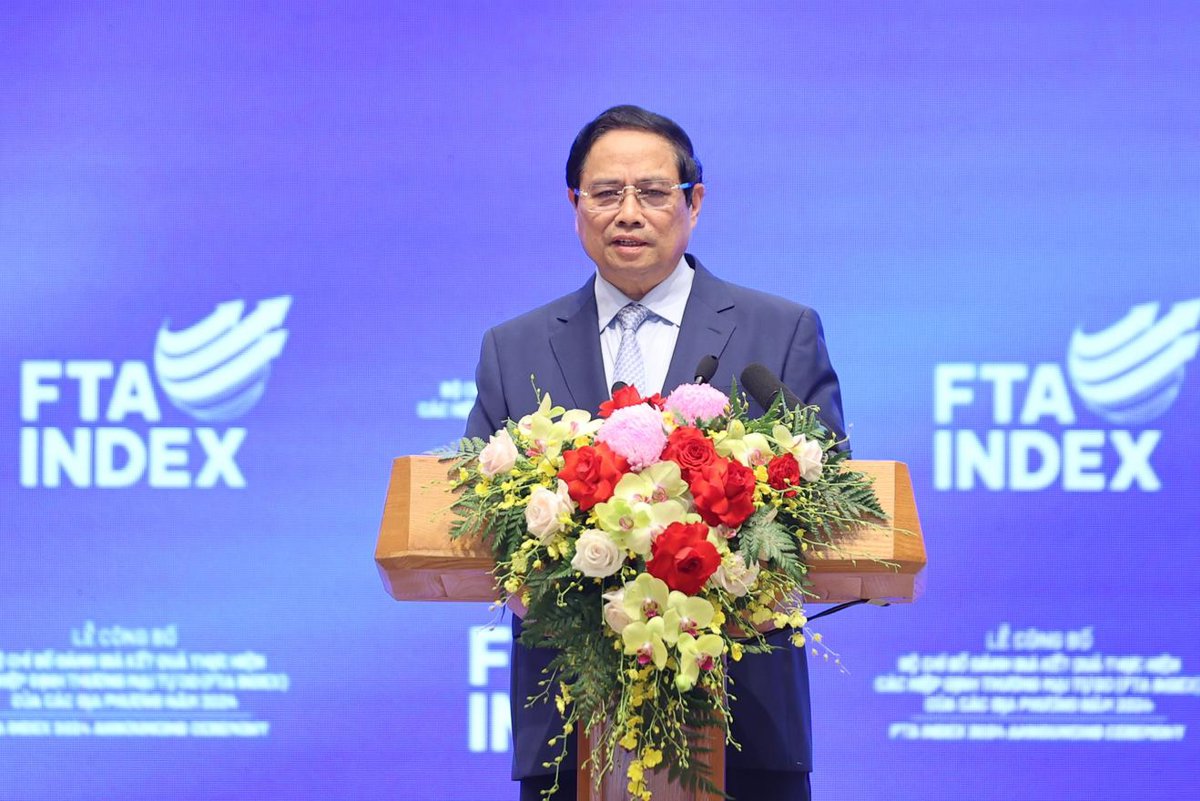


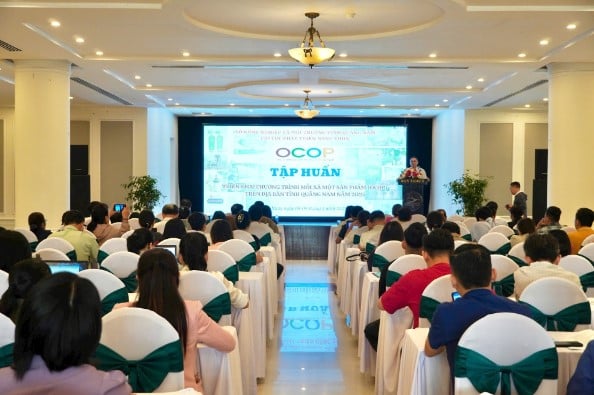
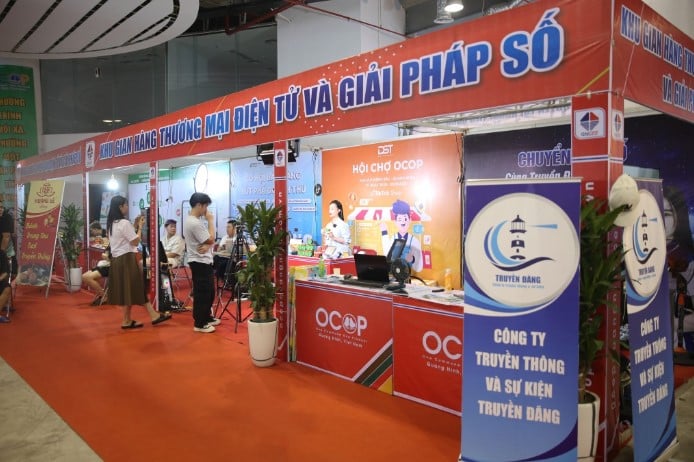
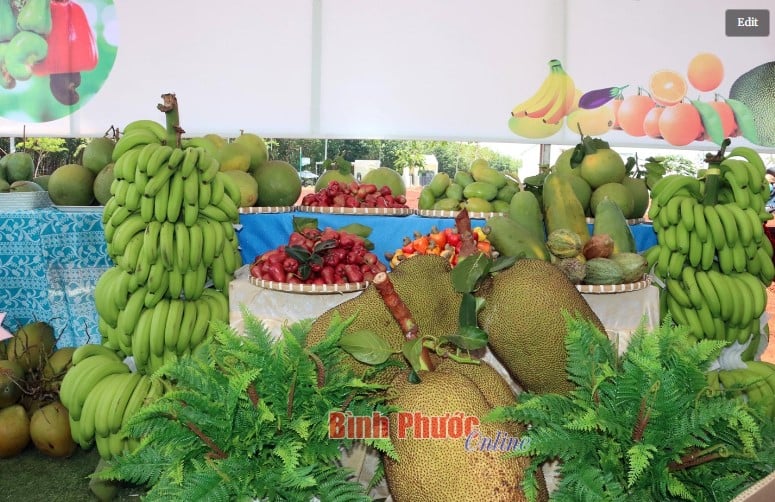



Comment (0)